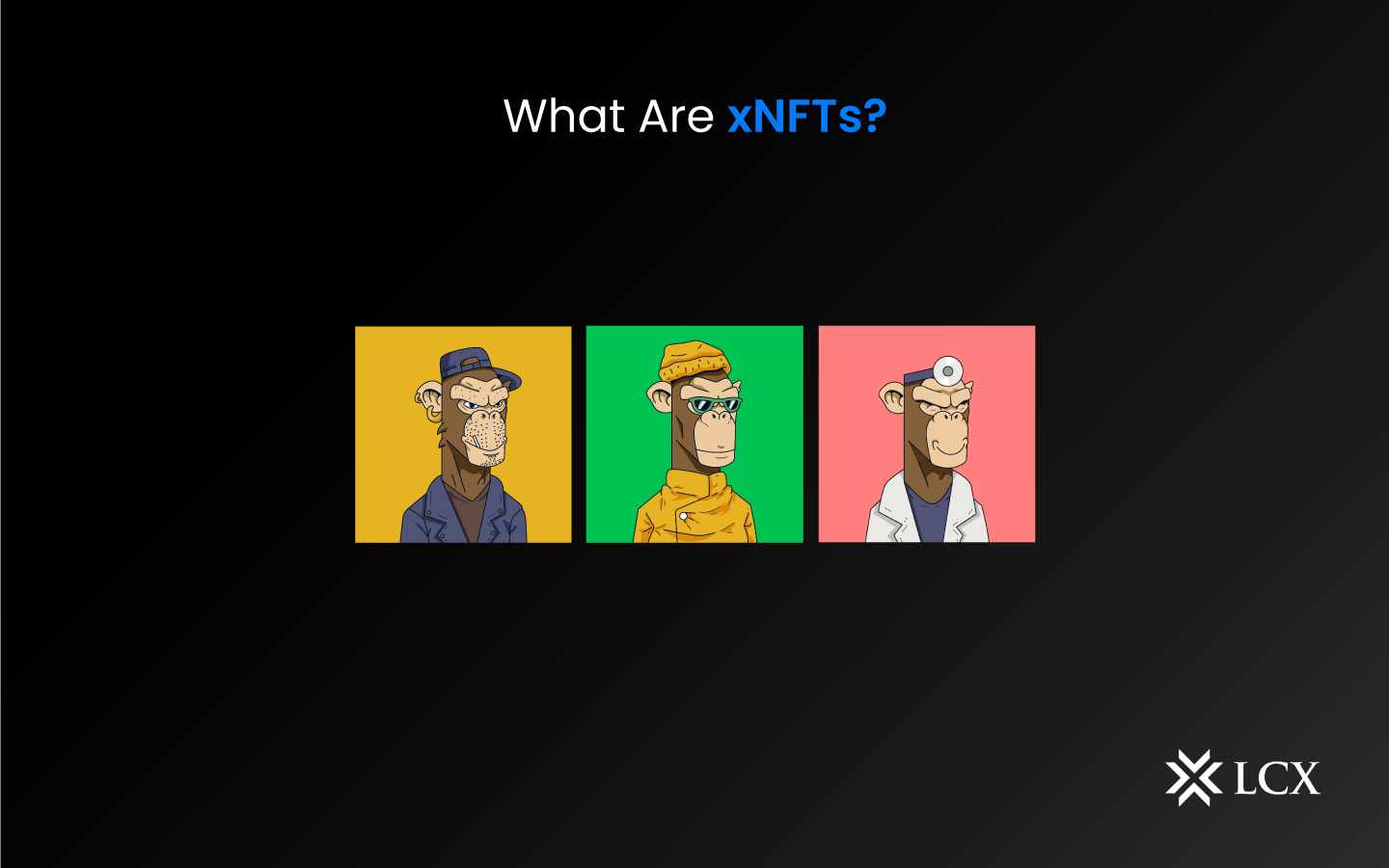The next major development in the Solana network is likely to involve a new token class. We are talking about executable NFTs (xNFTs). While code that can be executed is allocated to a xNFT, the asset gets promoted to the status of an application. However, this new prospective blue-chip initiative differentiates itself from others by the presence of executable NFTs.
These are an unidentified new development on the blockchain that has the potential to fundamentally change the creator-collector community that Web3 has grown familiar with over the past few years.
What Are xNFTs?
These are an innovative form of NFT that can combine NFT and application use cases into a single asset. xNFT is an abbreviation for executable non-fungible tokens, which roughly translates to a digital asset that can execute code. Unique to NFTs is their capacity to be used as collectibles in different industries. However, these raise and advance the limit. They enable users to connect with their NFTs and make use of them in ways beyond merely collecting them.
One of its distinctive characteristics is the ability to run applications natively within the NFT. A xNFT, for instance, enables users to play games, listen to audio, or access the DeFi protocol within a single, Web3-compatible, open, and customizable system. Additionally, it can update itself based on existing external information or events. Therefore, enthusiasts refer to them as “dynamic, innovative, and interactive programs,” a significant improvement over the inactive images or videos available in NFTs.
Difference between xNFTs and NFTs
| xNFTs | NFTs |
| Can run code inside them | While NFTs cannot run a code inside them |
| xNFTs and NFTs can represent verifiably unique and scarce digital assets | While NFTs also represent verifiably unique and scarce digital assets as well. |
| Are exclusive to Solana | While NFTs are available on Ethereum. |
| Use React xNFT, a framework for building executable NFTs on Solana. | NFTs on Ethereum use the ERC-721 or ERC-1155 standards. |
How do xNFTs function?
Executable NFTs are generated using xNFT, an algorithm for creating executable NFTs on Solana. It enables developers to build native Web3 applications and standards that operate within the environment of a web browser. In other words, they may display elements directly while effectively connecting to external applications.
xNFTs are distributed as SPL tokens, the Solana equivalent of the ERC-20 standard for fungible tokens on Ethereum. SPL tokens can be transferred, traded, and stored in any supported wallet or application. The computer that runs the system obtains the program ID from the blockchain and extracts the code from the program database when a user opens an xNFT. The code is then executed using the runtime execution engine of React xNFT within the sandbox. The React xNFT components that render the xNFT’s user interface enable users to communicate with it.
Use Cases of xNFTs
Fractional Ownership: These permit fractional ownership of valuable assets like artwork, real estate, and uncommon collectibles. By dividing a non-financial asset (NFA) into smaller portions, multiple investors can own a portion of the asset, making it more affordable and readily available.
Portfolio Diversification: They offer investors the chance to diversify their holdings by purchasing fractional shares of multiple NFTs. Individuals can obtain exposure to a wide range of assets without allocating a significant quantity of their money to a single NFT.
Collective Ownership: It facilitates collective asset ownership and management. Organizations or groups can collaboratively own an NFT and engage in asset-related decision-making processes, such as lending, renting, and exhibiting.
Accessible Investing: Fractionalizing NFTs facilitates the investment of high-value assets by individuals with limited capital. By lowering the barrier to entry, more individuals will be able to partake in the NFT market and possibly profit from the rising value of valuable assets.
Royalties and Revenue Sharing: These can integrate smart contracts for the distribution of royalties or revenue shares to fractional owners. This feature enables creators or artists to share their NFTs’ financial benefits with investors or supporters.
Collateralization of Loans: Fractionalized NFTs can be used as security for loans and other financial products. By pledging fractions of a NFT, owners can access capital without selling their whole share of the asset.
Conclusion
Besides being a group of generative avatars, they are also executable NFTs, meaning they have additional functionality. Interoperability is evidently the ultimate aim of the xNFT ecosystem. Innovative products such as xNFTs will introduce a more user-centric product experience to the Web3 ecosystem while providing software developers with a completely customizable application platform.










